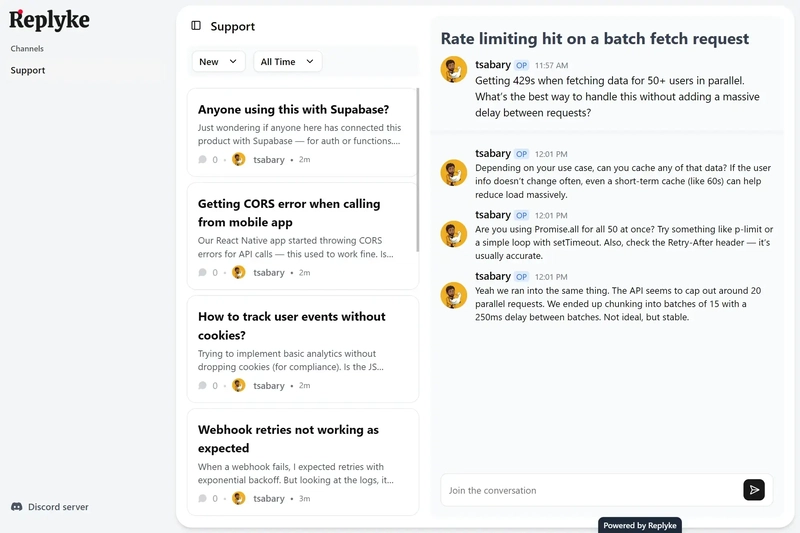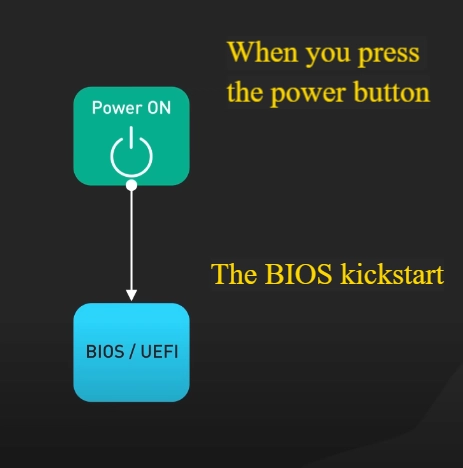Why React Components Must Return a Single Root Element
When you start building UIs with React, one of the first rules you encounter is: a component must return a single root element. But why is this necessary? Why can't we just return multiple tags side-by-side? Let's dive deep into this! React's Need for a Single Root Every React component must return only one parent element. This rule comes from how React builds and manages its virtual DOM under the hood. When React renders a component, it expects a single node to represent that component in the virtual DOM tree. If multiple sibling elements were returned without a parent, React wouldn't know how to correctly attach or update them. It would break the consistent tree structure that React relies on for efficient updates and reconciliation. Think of React like managing a tree: - App - Header - Main - Footer If a component gave two or more separate roots instead of one, it would disrupt the structure. How We Solve This: Wrapping Elements React requires you to wrap multiple elements inside: A normal HTML tag like , , etc. Or a special wrapper called a Fragment: or its shorthand and Example with a : function MyComponent() { return ( Hello World ); } Example with a Fragment: function MyComponent() { return ( Hello World ); } Fragments are useful because they don't add an extra node to the actual HTML output---they're "invisible" wrappers. What Happens if You Don't Use a Wrapper? React will throw an error like this: Adjacent JSX elements must be wrapped in an enclosing tag. This means React detected multiple siblings but no common parent---and it doesn't know how to manage them. Deeper Reason: Virtual DOM and Diffing React's virtual DOM and reconciliation algorithm rely on a strict tree structure: Each component must be a single unit (a single node). This makes comparing old and new trees fast and reliable. Updates to the real DOM are surgically precise. Without a single root, React would have to manage multiple independent nodes per component, making updates slower, less predictable, and error-prone. Quick Summary Question Answer Why can't we return multiple tags directly? It would break the tree structure React depends on. Why use Fragments or divs? They act as a single wrapper for multiple children. What's the deep reason? To maintain efficient virtual DOM diffing and updates. Final Thoughts Next time you see yourself adding that extra ... around your JSX, know that it's not just a syntactic rule, it's a deep part of how React maintains performance and stability.

When you start building UIs with React, one of the first rules you encounter is: a component must return a single root element. But why is this necessary? Why can't we just return multiple tags side-by-side? Let's dive deep into this!
React's Need for a Single Root
Every React component must return only one parent element. This rule comes from how React builds and manages its virtual DOM under the hood.
When React renders a component, it expects a single node to represent that component in the virtual DOM tree. If multiple sibling elements were returned without a parent, React wouldn't know how to correctly attach or update them. It would break the consistent tree structure that React relies on for efficient updates and reconciliation.
Think of React like managing a tree:
- App
- Header
- Main
- Footer
If a component gave two or more separate roots instead of one, it would disrupt the structure.
How We Solve This: Wrapping Elements
React requires you to wrap multiple elements inside:
A normal HTML tag like
,, etc.Or a special wrapper called a Fragment:
<>andExample with a
:function MyComponent() { return ( <div> <h1>Helloh1> <p>Worldp> div> ); }Example with a Fragment:
function MyComponent() { return ( <> <h1>Helloh1> <p>Worldp> ); }Fragments are useful because they don't add an extra node to the actual HTML output---they're "invisible" wrappers.
What Happens if You Don't Use a Wrapper?
React will throw an error like this:
Adjacent JSX elements must be wrapped in an enclosing tag.This means React detected multiple siblings but no common parent---and it doesn't know how to manage them.
Deeper Reason: Virtual DOM and Diffing
React's virtual DOM and reconciliation algorithm rely on a strict tree structure:
Each component must be a single unit (a single node).
This makes comparing old and new trees fast and reliable.
Updates to the real DOM are surgically precise.
Without a single root, React would have to manage multiple independent nodes per component, making updates slower, less predictable, and error-prone.
Quick Summary
Question Answer Why can't we return multiple tags directly? It would break the tree structure React depends on. Why use Fragments or divs? They act as a single wrapper for multiple children. What's the deep reason? To maintain efficient virtual DOM diffing and updates. Final Thoughts
Next time you see yourself adding that extra
<>...around your JSX, know that it's not just a syntactic rule, it's a deep part of how React maintains performance and stability.




















_NicoElNino_Alamy.jpg?width=1280&auto=webp&quality=80&disable=upscale#)





















































